Don't worry – you're not alone! There are several common reasons why your vegetables might be refraining from forming those long-awaited heads. Let's dive into the root causes and explore practical solutions to ensure a successful harvest.
1. Inconsistent Watering:

Winter staples like cabbage, broccoli and cauliflower need a steady water supply to thrive and form a plump, compact head. Inconsistent watering can disrupt the development process and lead to loose or underwhelming heads. Cabbage, in particular, is sensitive to water fluctuations. If the soil is too dry or too waterlogged, the plant's growth will suffer and you will not have a cabbage head ready by the harvest season.
Solution: Maintain a consistent watering schedule. The best way to check the soil moisture is by sticking your fingers. Aim to keep the soil evenly moist, but not soggy. Mulching around your plants can help retain soil moisture and prevent water stress.
Order watering supplies for gardens ranging from small and big to maintain a consistent watering schedule.
2. Poor Soil Conditions:
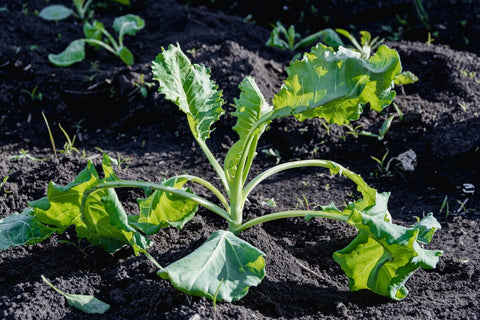
Head-forming vegetables like cabbage, cauliflower, and iceberg lettuce require nutrient-rich soil to produce well-formed heads. If your soil lacks essential nutrients, your plants won't have the resources they need to grow strong and sturdy.
Solution: Prior to planting, amend your soil with organic matter like organic compost or well-rotted manure. Conduct a soil test to identify any deficiencies and adjust the nutrient levels accordingly.
Know more about checking and improving the soil in your garden.
3. Temperature Extremes:

These vegetables are also sensitive to temperature fluctuations. If the weather swings from extremely cold to scorching hot or vice versa, your plants might struggle to develop proper heads.
Solution: Plant your vegetables during the appropriate seasons and provide some shade during intense heat. Consider using row covers to moderate temperature and protect your crops.
4. Pest and Disease Pressure:

Uninvited guests like aphids, cabbage loopers, and fungal diseases can wreak havoc on your cabbage, cauliflower, and iceberg lettuce plants. They can stunt growth, damage leaves, and prevent head formation.
Solution: Monitor your plants regularly for signs of pests or diseases. Implement integrated pest management strategies, such as introducing beneficial insects, practising crop rotation, and using organic insecticides like neem oil or buttermilk when necessary.
Read through our guide on the best natural pest repellents that will work wonders for your garden and plants.
5. Improper Spacing:

Plants need their own space to flourish. If the vegetable is crowded, especially for these winter head-forming brassicas, your plants might not have enough room to spread out and form those beautiful heads.
Solution: Follow recommended spacing guidelines for each vegetable type. Proper spacing ensures adequate air circulation, reduces competition for nutrients, and promotes healthy head formation.
6. Inadequate Fertilization:

Cabbage, cauliflower, and iceberg lettuce are heavy feeders. If you're providing them with sufficient nutrients, they will have the energy to put into head development.
Solution: Feed your plants with a balanced, slow-release fertilizer to meet their nutritional needs. Regularly side-dress with compost or additional fertilizer during the growing season to keep them well-fed.
Order organic vermicompost to keep your soil rich and fertile for all veggies and herbs.
7. Premature Bolting:

Bolting is when a plant shifts its energy from producing heads to producing flowers and seeds. High temperatures or sudden changes in weather can trigger bolting in cabbage, cauliflower, and iceberg lettuce.
Solution: Choose heat-resistant varieties and provide consistent moisture to prevent bolting. Harvest your vegetables promptly once they're mature to avoid triggering bolting.
Read our detailed guide on bolting and how to prevent it in your garden to safeguard your plants in extreme temperatures.
In conclusion, cultivating cabbage, cauliflower, and iceberg lettuce to produce perfect heads requires attention to detail and proper care. By addressing issues such as watering consistency, soil conditions, temperature management, pest control, spacing, fertilization, bolting prevention, and selecting appropriate varieties, you'll greatly increase your chances of enjoying a bountiful harvest of beautifully formed vegetable heads. Happy gardening!
Remember, gardening is a delightful journey filled with learning experiences. Don't be discouraged by setbacks – use them as opportunities to refine your skills and make your next growing season even more successful.


 Sign In
Sign In



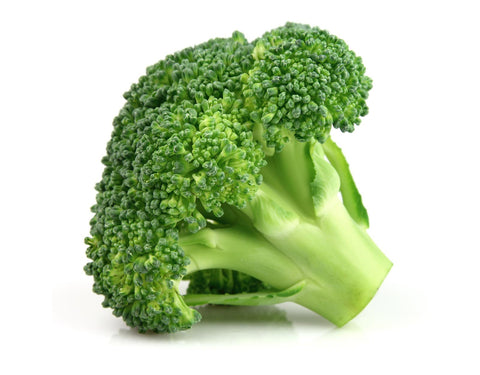
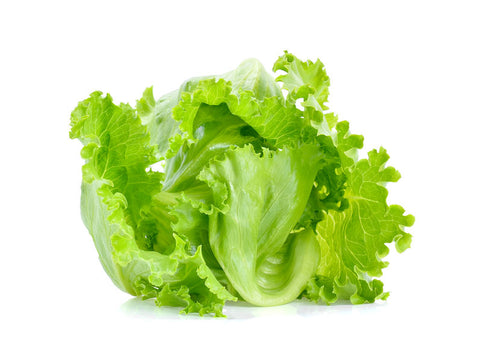
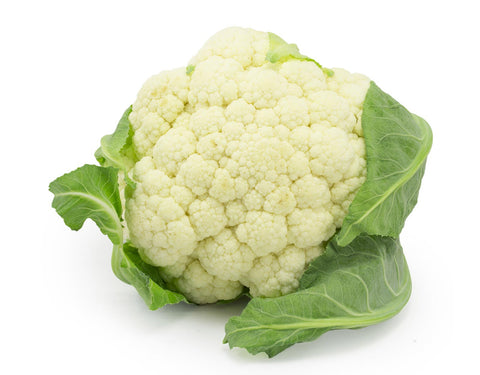
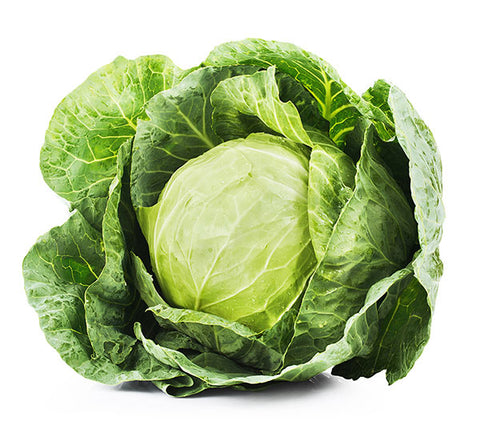
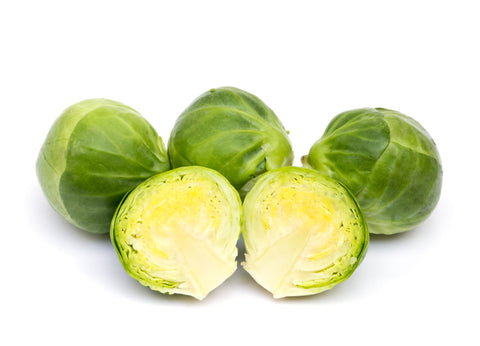
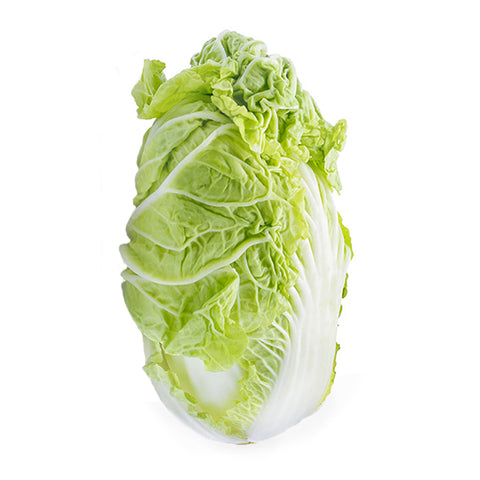
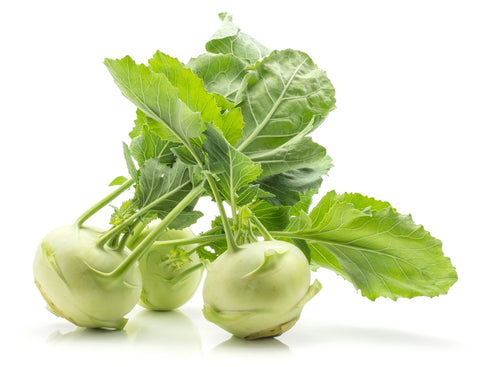
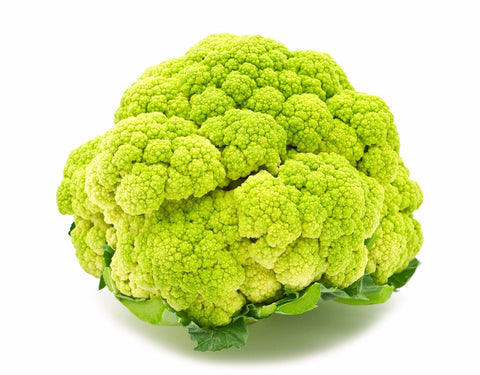






Let us know your feedback
* Comments must be approved before being displayed.